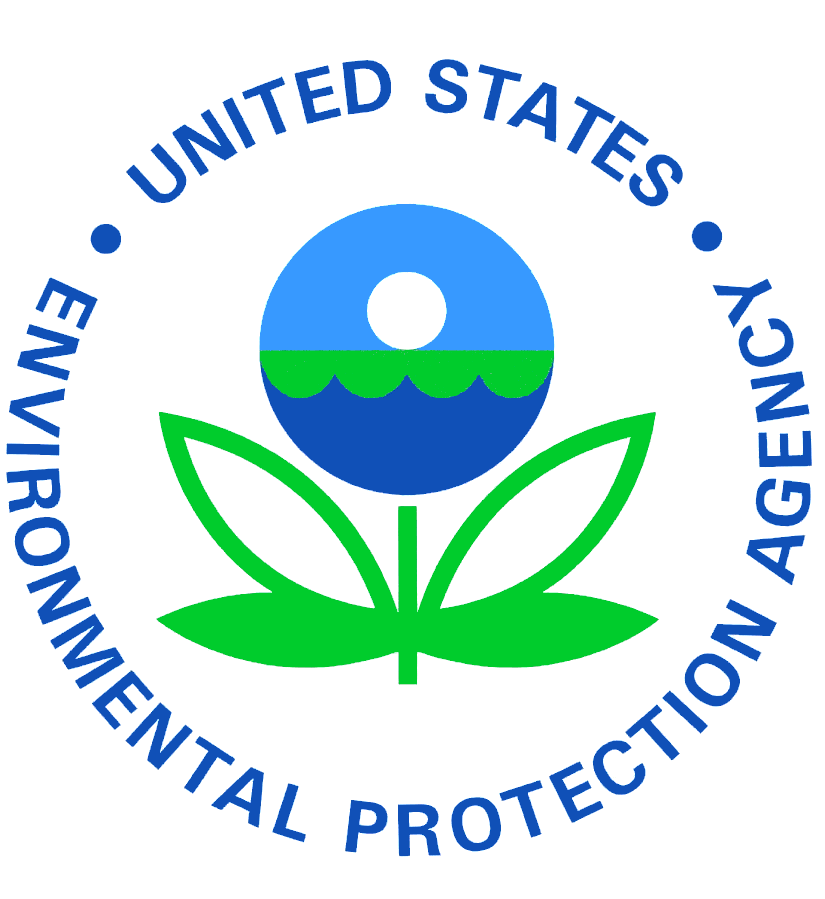The Environmental Protection Agency (EPA) was founded in 1970 in response to visibly high levels of pollution throughout the country and an accumulation of environmental and public health disasters. If the choking smog in Los Angeles and burning rivers in Ohio weren’t enough, Rachel Carson’s Silent Spring (1962), which brought to the attention of the American people the devastating impact of pesticides on birds’ reproductive systems, can be credited with inspiring Americans to support the conservation movement and to demand that the federal government take charge to protect the environment. Federal action finally came in 1969 in the form of the National Environmental Policy Act (NEPA), which was signed by President Nixon and laid the foundation for the EPA as we know it today.
The EPA’s first major action as an official government agency was the signing of the Clean Air Act (CAA) in 1970, which aimed to protect public health and regulate emissions of hazardous air pollutants. Between 1970 and 2015, national emissions of the six common pollutants addressed by the CAA- particulates, ozone, lead, carbon monoxide, nitrogen dioxide and sulfur dioxide- dropped by an average of 70%, resulting in improved air quality and less instances of pollution related ailments and deaths. For example, in 1990 alone, pollution reductions under the CAA prevented 205,000 early deaths. In addition to enhanced national health, improved air quality has also boosted crop and tinder yields worth an estimated $5.5 billion.
The economy has not only benefited from improved air quality alone. The benefits of EPA regulations have been estimated to exceed the costs of compliance with those regulations by about 30 times. Even the lowest estimates show that the benefits of regulations compared to the costs of compliance are still 3 to 1. CAA regulations have also fueled America to be a world leader in energy and technology innovation, reducing energy production costs as well as automobile volatile organic compound (VOC) emissions. The reduction in VOCs is particularly impressive considering vehicles are driving more miles annually than ever before. Moreover, less VOC emissions are directly correlated with the reduction in ozone levels, which is responsible for smog that can cause acute respiratory issues and reduce quality of life.
In addition to domestic environmental issues, the EPA also addresses global problems by enforcing international environmental regulations within the United States. For example, in 1987 the global community addressed the issue of the hole in the ozone layer by way of the Montreal Protocol, an international treaty signed by 197 nations, including the US, to repair the hole. The EPA has been acting as the authoritative body responsible for ensuring that the United States does its part in the global effort to repair the ozone hole. The regulations enforced by the EPA curb unnecessary stratospheric ozone-depleting substances, which protect Americans and people worldwide from skin cancer and eye cataracts.
The EPA was established after the American people realized a need for environmental protection and regulation. It was founded on the basis of ensuring a higher quality of life for the country, and the progress the EPA has made through its largest and most historic piece of legislation, the CAA, has demonstrated that the EPA has achieved that initial goal and more. Through the CAA the EPA has simultaneously improved air quality, improved quality of life, boosted the economy, enhanced technological innovation, and represented the US on a global stage in the ongoing challenge of environmental protection. The progress that has been made in the nearly 50 years that the EPA and CAA have existed is nothing short of a success.
Environmental Scientist
2/14/17
Sources:
http://www.environmentalcouncil.org/priorities/article.php?x=264


